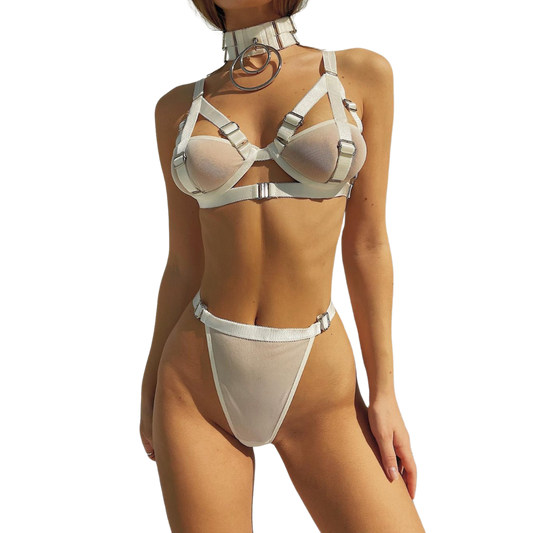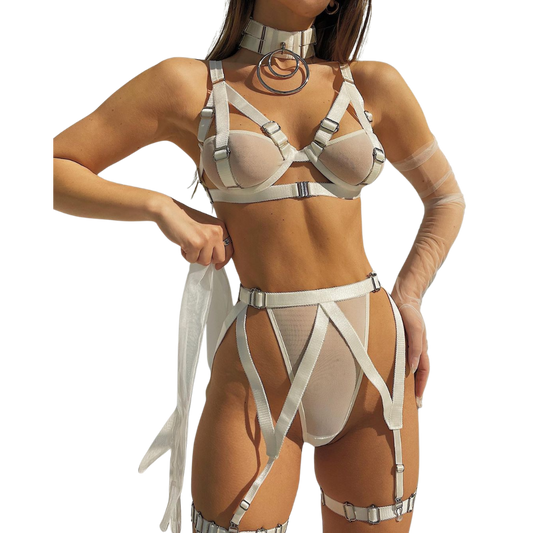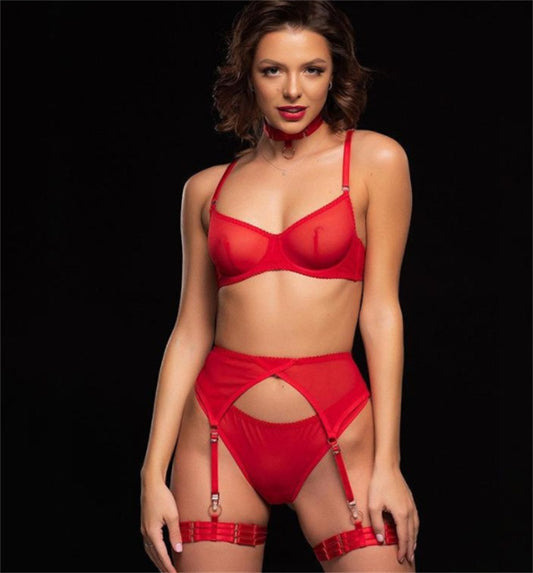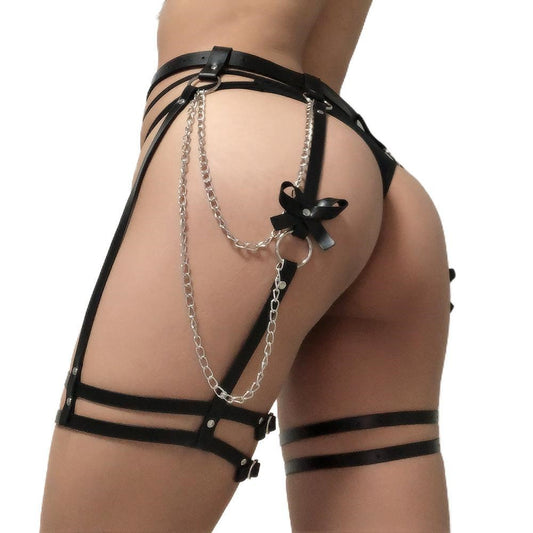Gay underwear and lingerie have become increasingly popular in recent years, as more and more people are embracing their sexuality and expressing themselves through fashion. This essay will explore the various types of gay underwear and lingerie, the history of these garments, and the impact they have had on the LGBTQ+ community. It will also discuss the importance of representation and acceptance in the fashion industry. By looking at these topics, it is clear that gay underwear and lingerie have become an important part of LGBTQ+ culture and identity.
Types of Gay Underwear & Lingerie
Gay underwear and lingerie come in a variety of styles, from briefs to boxers to thongs. There are also a variety of materials used, such as cotton, silk, and lace. Gay underwear is often designed with bright colors and bold patterns, as well as slogans or images that represent the LGBTQ+ community. Gay lingerie is typically more revealing, with items such as corsets, bodysuits, and teddies. These garments are often made from sheer fabrics and feature intricate details such as lace trim and bows.
History of Gay Underwear & Lingerie
The history of gay underwear and lingerie dates back to the early 20th century, when the first openly gay fashion designer, Rudi Gernreich, created a line of men’s briefs called “Briefs for Men”. This was a revolutionary move at the time, as it was one of the first times that a designer had openly embraced homosexuality in fashion. Since then, gay underwear and lingerie have become increasingly popular, with more designers creating garments specifically for the LGBTQ+ community.
Impact on LGBTQ+ Community
The impact of gay underwear and lingerie on the LGBTQ+ community has been immense. These garments have allowed people to express themselves in ways that were not previously possible. They have also provided a sense of acceptance and belonging for those who may not have felt comfortable wearing traditional underwear or lingerie. In addition, gay underwear and lingerie have helped to normalize homosexuality in the fashion industry, making it easier for LGBTQ+ people to find clothing that fits their style and identity.
Representation & Acceptance in Fashion Industry
The representation of LGBTQ+ people in the fashion industry has been increasing in recent years, with more designers creating garments specifically for the community. This has allowed LGBTQ+ people to feel more accepted and represented in the fashion world. In addition, many fashion brands have begun to embrace diversity and inclusion in their campaigns and collections, which has helped to create a more accepting environment for LGBTQ+ people.
The popularity of Gay Underwear & Lingerie
The popularity of gay underwear and lingerie has grown significantly in recent years, with more people embracing their sexuality and expressing themselves through fashion. This has led to an increase in demand for these garments, with many retailers now offering a wide range of styles and designs. In addition, there are now many online stores that specialize in gay underwear and lingerie, making it easier for people to find garments that fit their style and identity.
Impact on Society
The impact of gay underwear and lingerie on society has been immense. These garments have helped to normalize homosexuality in the fashion industry, making it easier for LGBTQ+ people to find clothing that fits their style and identity. In addition, they have helped to create a more accepting environment for LGBTQ+ people, allowing them to feel more comfortable expressing themselves through fashion. Finally, these garments have also helped to raise awareness about LGBTQ+ issues and promote acceptance in society.
Conclusion:
In conclusion, gay underwear and lingerie have become an important part of LGBTQ+ culture and identity. These garments have allowed people to express themselves in ways that were not previously possible, while also providing a sense of acceptance and belonging for those who may not have felt comfortable wearing traditional underwear or lingerie. In addition, they have helped to normalize homosexuality in the fashion industry and create a more accepting environment for LGBTQ+ people. Finally, they have also helped to raise awareness about LGBTQ+ issues and promote acceptance in society. It is clear that gay underwear and lingerie are here to stay, and will continue to be an important part of LGBTQ+ culture for years to come.









